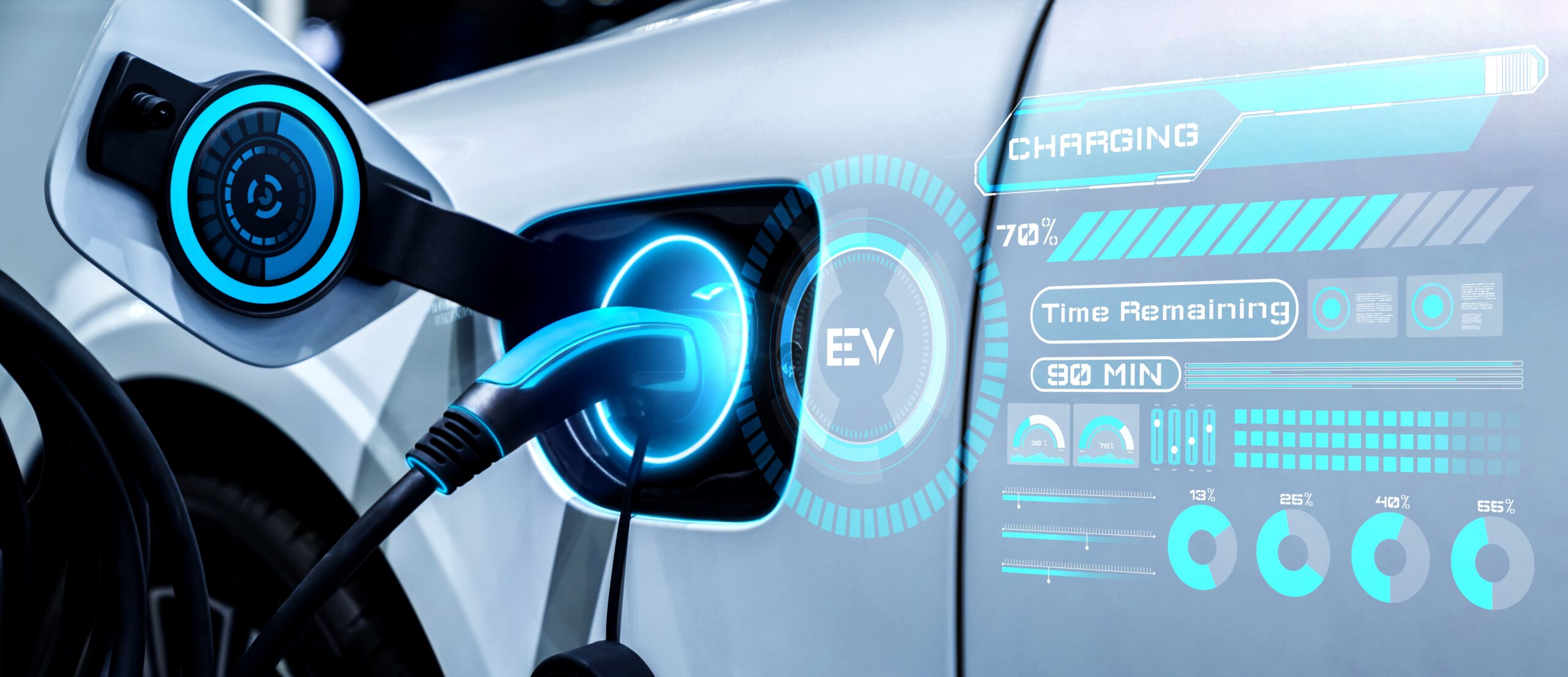May 19th was not a typical Friday, nor a typical workday, for a team of volunteers from the Generac Grid Services Denver office. Instead of hitting the office filled with meetings and Zoom calls, we headed to the Denver Auraria campus, which houses three colleges: University of Colorado Denver, Metro State and Community College of Denver.
After six months of planning, the Society of Women Engineers Rocky Mountain Section was ready to kick off its 20th annual GESTEM event (Girls Exploring Science, Technology, Engineering and Math) with 1,065 7th-grade girls in attendance. And yes, 1,000+ 7th-grade girls in one place is as fun and crazy as it sounds! Seriously, the atmosphere was electrifying!
Workshops & Water-Wheels
Our Generac Grid Services team joined over 380 volunteers delivering more than 37 hands-on workshops to introduce middle school girls to STEM. The workshop was focused on future opportunities in the space and aimed to expose the participants to the world of STEM-related industries and careers. Genera Grid Services hosted a hands-on workshop where the girls designed and tested a water-wheel electric generator, then held a competition to determine the most efficient wheel design to produce the most energy. And yes, the winning design took us all by surprise!
Paying it Forward
There is a special place in my heart for GESTEM as a women engineer. After doing numerous outreach events, I was appalled to hear that some young women didn’t know about engineering as a career until they entered college. I realized how lucky I was to have a father who was an engineer who believed I could do anything I set my mind to. He never pushed engineering on me; I just knew what he did and what engineers did. I was good in math and science, and voila! (Ok, not that easy. In fact, engineering school is pretty tough, but I would do it again in a heartbeat!).
Now, I’m on a mission to “pay it forward” and educate as many young girls as possible about engineering and careers in STEM. I started volunteering for GESTEM in 2011 as a workshop presenter and have been on the planning committee since 2015.
To sum it up, “in a world where the Kardashians are role models, it is even more crucial to expose young women to STEM and show them that smart girls are the hottest girls.” — Jules Gonzales-Hatfield, Generac Grid Services’ Senior Human Resources Manager
Special thanks to the Generac Grid Services’ GESTEM team: Sarah Dove, Garrett Hedberg, Austin Sharman, Melissa Franciscolo, Miguel Luna, Sarah Strube, Leah Driscoll, Jules Gonzales-Hatfield and Bryce Patterson, along with our virtual support team KJ Kezar and Mark Mosher.
Director of Partnerships




 Jessie Peters
Jessie Peters